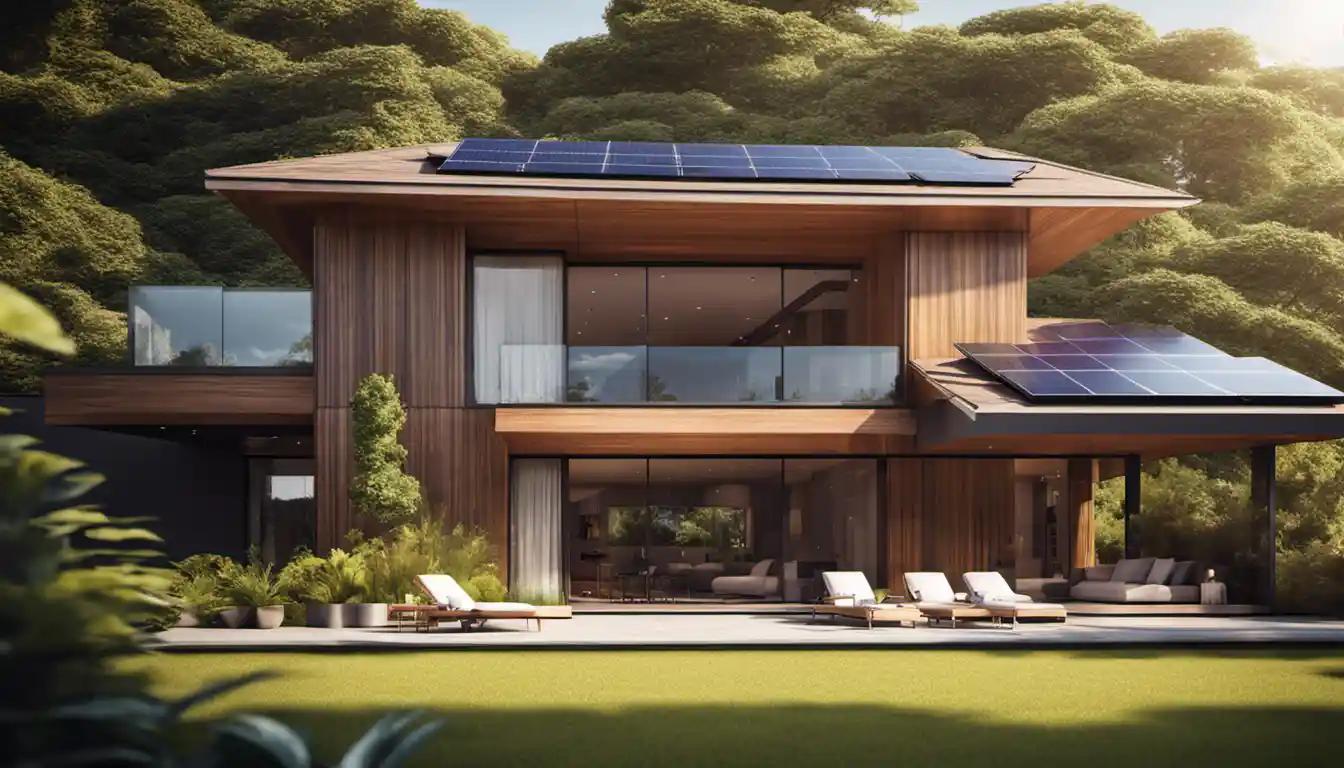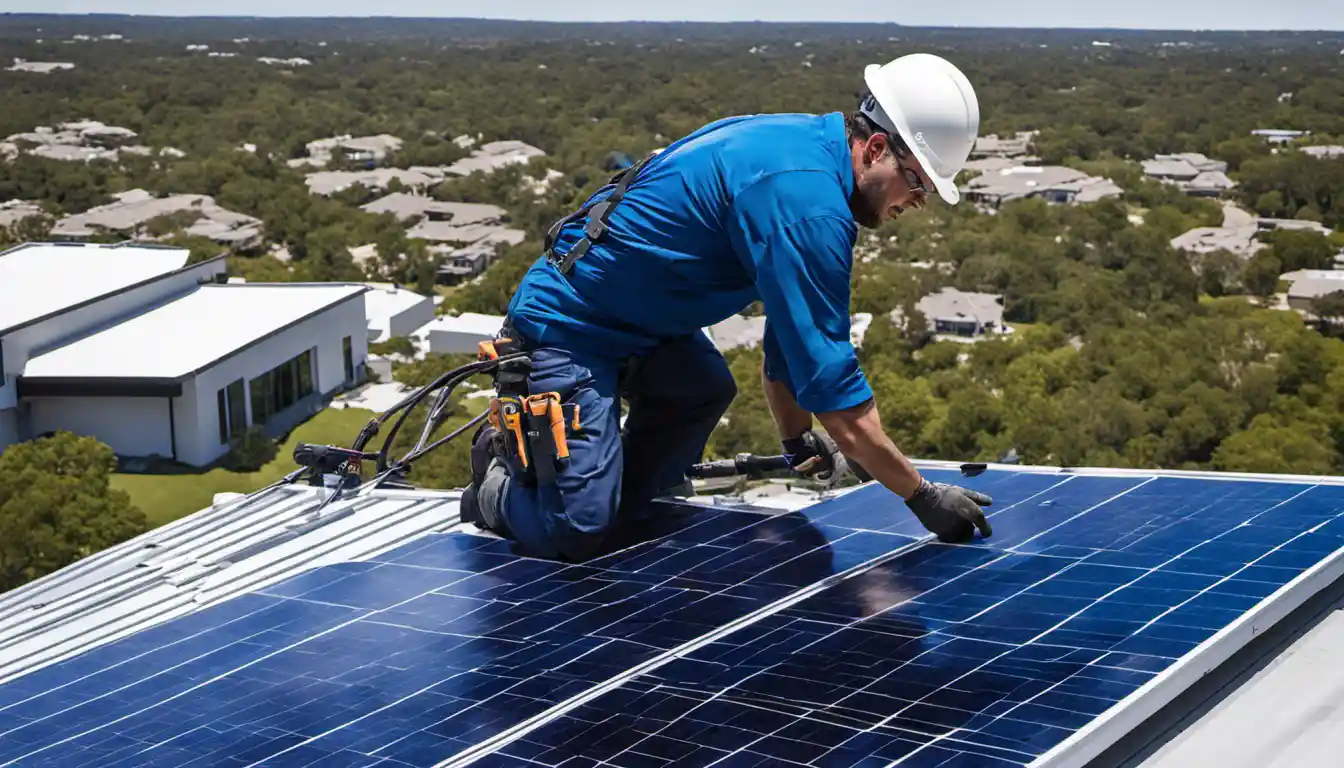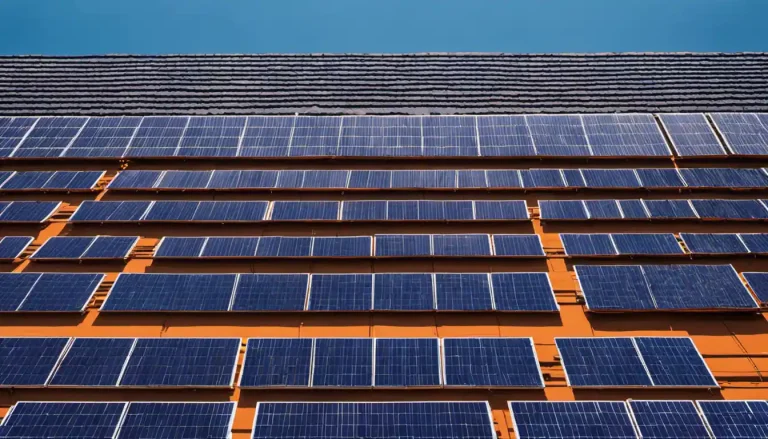Understanding the On Grid Solar System
On-grid solar systems allow for lower setup costs, often being cheaper as they don’t require a battery storage system. They also can potentially generate income as any surplus power can be fed back into the grid. Furthermore, they provide reliability by being able to draw power from the grid when solar energy is insufficient.
Definition of a Grid-Tied Solar System
To fully grasp the benefits of on grid solar system, understanding its basic definition is key. It’s a type of solar power system that’s directly connected to the local electric utility grid. Think of it as a two-way street. Not only does it feed your property with power, but it can also send excess power back to the grid.
Working Principle of a Grid-Tied Solar System
The working principle of a grid-tied solar system is straightforward, yet incredibly clever. During the day, your solar panels generate electricity that can be used immediately by your property. If there is extra power produced, instead of going to waste or into expensive battery storage, it’s sent back to the grid. But what about at night or those cloudy days, when solar production is low? That’s where the grid steps in, supplying your property with all the power it needs.
Differentiating Grid-Tied Solar Systems from Other Solar Systems

There’s a clear distinction between grid-tied and other solar systems such as standalone or off-grid systems. While standalone systems rely solely on the power they produce and usually have a battery storage system to supply power when the sun isn’t shining, a grid-tied system always has the grid as a reliable back-up.
In terms of efficiency and cost, this is one of the main benefits of grid tie solar system.
Components of a Grid-Connected Solar System
A grid-tied solar system consists of several key components including Photovoltaic (PV) modules which capture sunlight and convert it to electricity, a bi-directional inverter to convert direct current (DC) to alternating current (AC) and vice versa, and an AC breaker panel with fuses. You also have a charge controller to manage the flow of electricity, electric meters to measure consumption and production, safety switches and cabling, and, of course, the electricity grid itself.
Advantages of Choosing an On-Grid Solar System
The benefits of on grid solar system are vast and can create not only a greener home or business but also a more economical one.
Affordability: A Cost-Effective Solar Power Solution
Among the top benefits of grid tie solar system is its affordability. The elimination of battery storage drastically reduces the cost of installation and maintenance. Plus, you can save even more with net metering programs that allow you to earn credits or even income for power supplied back to the grid.
Property Value Enhancement: Solar Power as a Reliable Investment

Ever considered how solar power could increase your property’s value? A home with a solar system in place can attract potential buyers looking for long-term savings and environmental benefits. It’s an investment that provides immediate returns and increases your property’s marketability.
Battery-Free Operation: The Absence of the Need to Buy Expensive Battery Storage
One of the distinguishing benefits of on grid solar system is the absence of battery storage. Batteries can be one of the most expensive components of a solar system. By using a grid-tied system, you remove this cost, thus making it a more affordable option.
Reliability: Uninterrupted Supply of Clean Energy
Another exciting benefit of grid tie solar system is its reliability. When solar production is low or consumption is high, you can pull power from the grid. It ensures you never have to worry about having enough energy supplies, whatever the weather.
100% Renewable Energy Use: Contributing to a Healthier Environment
By opting for an on-grid solar system, you’re harnessing clean, renewable energy. Every kilowatt-hour of solar reduces our reliance on fossil fuels, and in turn, contributes to lower greenhouse emissions and a healthier planet.
Simple Installation Process: Less Hassle, More Efficiency

The simplicity of the on-grid solar system design means it’s easier and quicker to install. Fewer components mean fewer headaches and more energy efficiency!
Resourcefulness and Effectiveness of Grid-Connected Solar Systems
Grid-connected solar systems aren’t just beneficial for homeowners or businesses, but they also support the power grid by balancing supply during peak consumption periods. It’s a win-win situation that promotes responsible and efficient energy consumption.
Ensuring the Reliability of Your On-Grid Solar System Supply
Every robust solar system relies on good design and sound installation practices. But maximizing the benefits of on grid solar system involves the successful implementation of net metering.
Grid-Connected Solar Systems and the Importance of Net Metering
Net metering is the mechanism that allows grid-tied systems to feed excess power back to the grid, while also drawing power when needed. Not only does it ensure a reliable power supply, but it also leads to significant energy savings and even potential income. Combined with the numerous benefits of on grid solar system, it’s clear why choosing a grid-tied system is an excellent investment.
To understand more about grid-tied solar systems, check out our dedicated resource, which goes into more depth about ‘What is a Grid-Tied Solar System?’ Understanding the full spectrum of the benefits of grid tie solar system demonstrated in this guide will surely convince you of the incredible possibilities of this sustainable energy solution.



